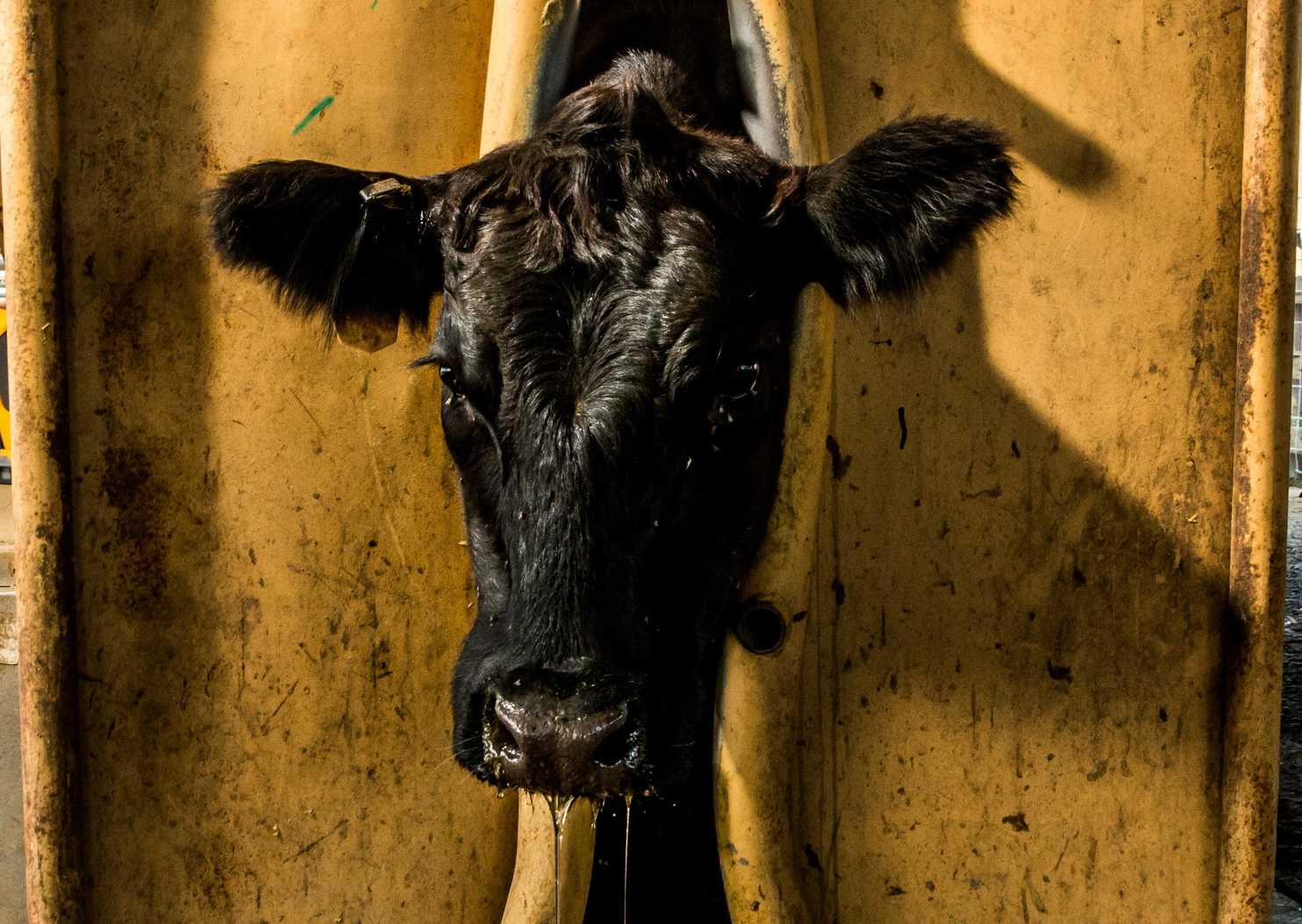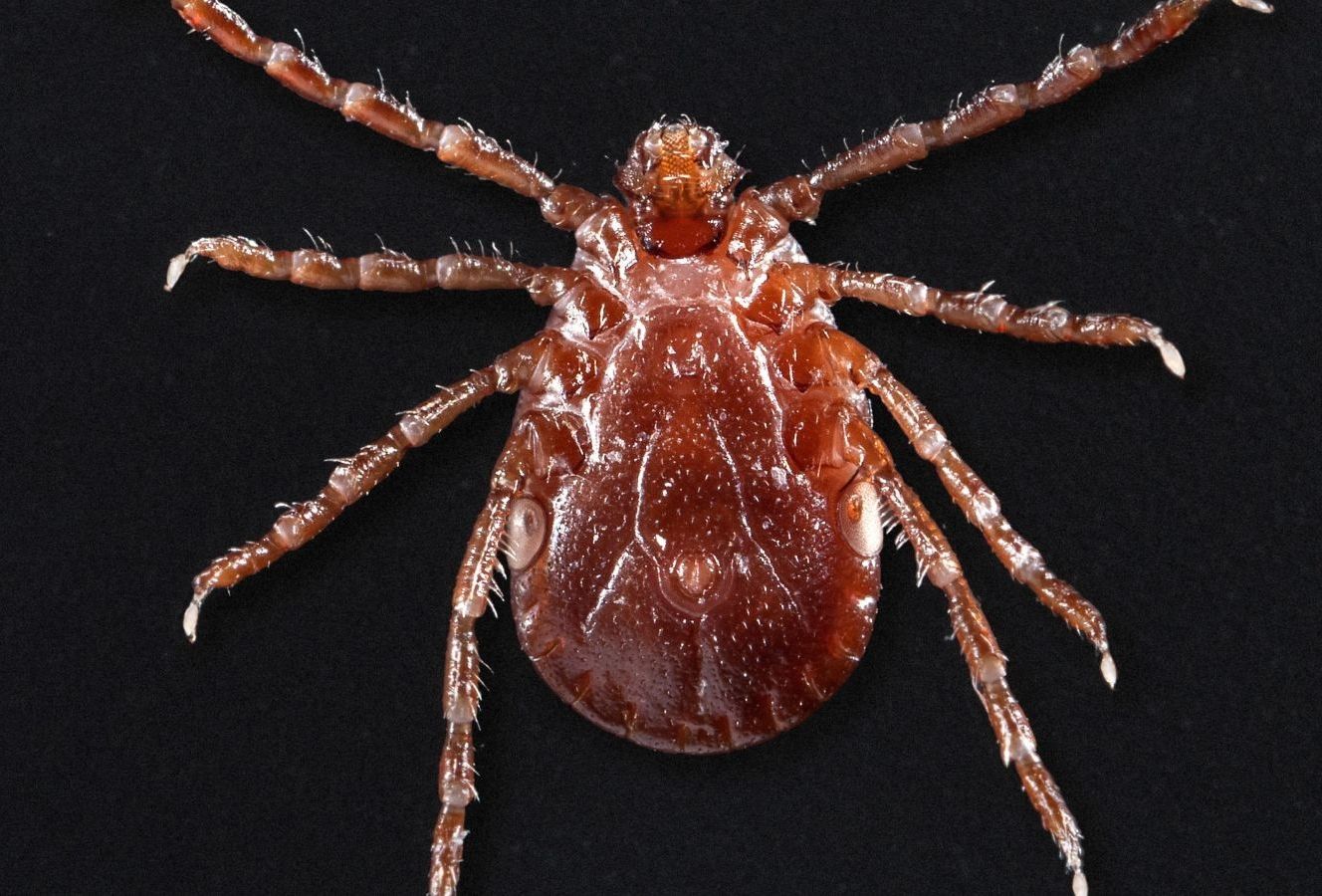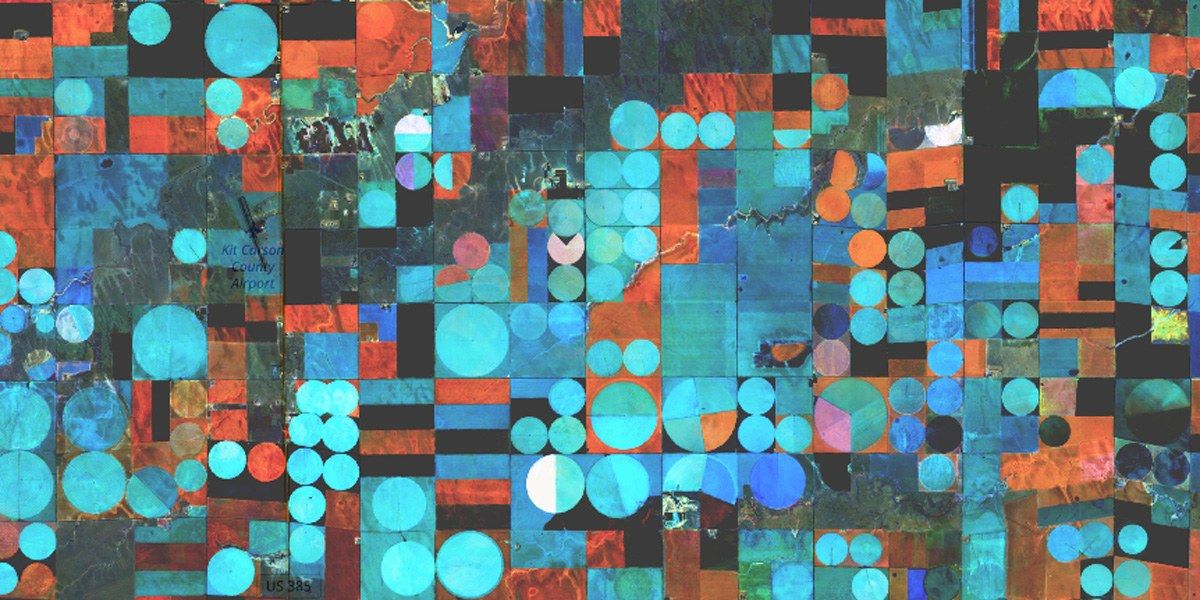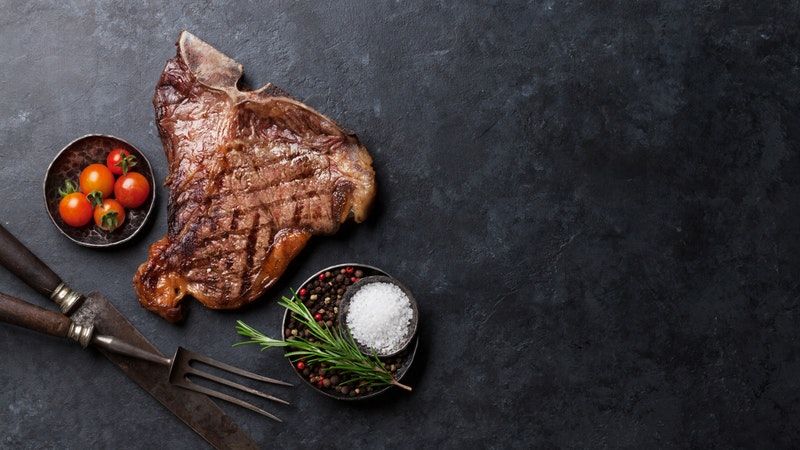Society and the government aren’t sure what to make of new techniques for animal breeding.



A disease-carrying, newly invasive tick to the United States, the Asian longhorned tick, is poised to spread across much of North America, suggests a new study published Thursday in the Journal of Medical Entomology. According to the study, the tick might be able to live anywhere from Southeastern Canada to most of the eastern half of the U.S. and even parts of the West Coast.
The Asian longhorned tick, or Haemaphysalis longicornis, made an unwelcome splash last year, when researchers and health officials discovered it on a pet sheep in New Jersey. Any hopes that the discovery was an isolated incident faded away this year, with sightings of the tick popping up again in New Jersey and eight other states this past spring and summer (Arkansas, Connecticut, Maryland, New York, North Carolina, Pennsylvania, Virginia, and West Virginia). Since 2017, the tick has been found on pets, farm animals, and at least two people in the U.S., and it’s possible that it might have made its way here at least as early as 2010.


The first lab-grown steak will be available to buy in two years after scientists finally produced meat with the correct appearance, shape and texture of a real slice of beef.
Up to now, researchers have produced small amounts of cell-grown meat, which have been mixed together to create hamburger patties and sausages, but making an entire steak has proved elusive.
Now Israeli food technology company Aleph Farms has announced it has succeeded in using natural beef cells to grow the three dimensional structure of a minute steak which mimics the muscle and tissue of real meat.
NASA directed Marvel to listen for a signal from Stark saying “Avengers, we have a problem.” #INQEntertainment
MANILA, Philippines — Tony Stark being stranded in space without food, water or air in the “Avengers: Endgame” trailer stirred the emotions of many Marvel fans.

Advancement in technology will continue to impact the way we work, eat, and even take care of ourselves. A new report from Scientific American takes a look at some of the top emerging technologies that range from the field of biology to computer science. The publication’s chief science editor Seth Fletcher talked to Cheddar about what’s next when it comes to tech.
WATCH NEXT

TMAO (trimethylamine N-oxide) — a gut bacteria byproduct formed during digestion—can lead to the development of cardiovascular disease, including heart attacks and strokes. TMAO is produced when gut bacteria digest choline, lecithin and carnitine, nutrients that are abundant in animal products such as red meat and liver and other animal products.
In concurrent studies, Cleveland Clinic researchers have uncovered new mechanisms that demonstrate why and how regularly eating red meat can increase the risk of heart disease, and the role gut bacteria play in that process.
The research, led by Stanley Hazen, M.D., Ph.D., builds upon previous work showing TMAO (trimethylamine N-oxide) — a gut bacteria byproduct formed during digestion—can lead to the development of cardiovascular disease, including heart attacks and strokes. TMAO is produced when gut bacteria digest choline, lecithin and carnitine, nutrients that are abundant in animal products such as red meat and liver and other animal products.
In a new dietary intervention study published today in the European Heart Journal, the researchers found that a diet rich in red meat as the primary protein source significantly increases circulating TMAO levels, compared to diets with white meat or non-meat as protein sources. The study showed chronic red meat consumption enhanced the production of TMAO by gut microbes and reduced the kidneys’ efficiency of expelling it. Both enhanced production and reduced elimination caused by a red meat diet contribute to elevation in TMAO levels, which has been linked to the development of atherosclerosis and heart disease complications.

There is increasing evidence that the microbiome contributes to esophageal disease. Diet, especially fiber and fat intake, is a known potent modifier of the colonic microbiome, but its impact on the esophageal microbiome is not well described. We hypothesized that dietary fiber and fat intake would be associated with a distinct esophageal microbiome.
We collected esophageal samples from 47 ambulatory patients scheduled to undergo endoscopy who completed a validated food frequency questionnaire quantifying dietary fiber and fat intake. Using 16S high-throughput sequencing, we determined composition of the esophageal microbiome and predicted functional capacity of microbiota based on fiber and fat intake.
Among all samples, the most abundant phyla were Firmicutes (54.0%), Proteobacteria (19.0%), Bacteroidetes (17.0%), Actinobacteria (5.2%), and Fusobacteria (4.3%). Increasing fiber intake was significantly associated with increasing relative abundance of Firmicutes (p = 0.04) and decreasing relative abundance of Gram-negative bacteria overall (p = 0.03). Low fiber intake was associated with increased relative abundance of several Gram-negative bacteria, including Prevotella, Neisseria, and Eikenella. Several predicted metabolic pathways differed between highest and lowest quartile of fiber intake. Fat intake was associated with altered relative abundance of few taxa, with no alterations at the phylum level and no changes in microbiome functional composition.


Amazon is testing out its cashierless checkout technology in bigger stores — with one eye on Whole Foods, according to The Wall Street Journal.
Sources told the Journal that Amazon is testing out the futuristic tech — which tracks and charges for the items shoppers take from the shelves — in Seattle, in a space formatted like a large store.